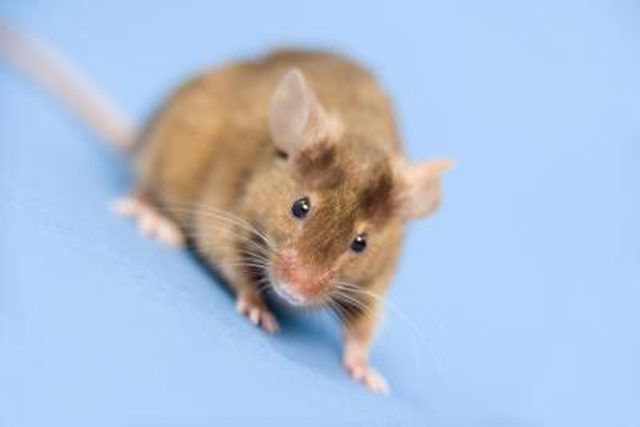Bulbs
Flower Basics
Flower Beds & Specialty Gardens
Flower Garden
Garden Furniture
Garden Gnomes
Garden Seeds
Garden Sheds
Garden Statues
Garden Tools & Supplies
Gardening Basics
Green & Organic
Groundcovers & Vines
Growing Annuals
Growing Basil
Growing Beans
Growing Berries
Growing Blueberries
Growing Cactus
Growing Corn
Growing Cotton
Growing Edibles
Growing Flowers
Growing Garlic
Growing Grapes
Growing Grass
Growing Herbs
Growing Jasmine
Growing Mint
Growing Mushrooms
Orchids
Growing Peanuts
Growing Perennials
Growing Plants
Growing Rosemary
Growing Roses
Growing Strawberries
Growing Sunflowers
Growing Thyme
Growing Tomatoes
Growing Tulips
Growing Vegetables
Herb Basics
Herb Garden
Indoor Growing
Landscaping Basics
Landscaping Patios
Landscaping Plants
Landscaping Shrubs
Landscaping Trees
Landscaping Walks & Pathways
Lawn Basics
Lawn Maintenance
Lawn Mowers
Lawn Ornaments
Lawn Planting
Lawn Tools
Outdoor Growing
Overall Landscape Planning
Pests, Weeds & Problems
Plant Basics
Rock Garden
Rose Garden
Shrubs
Soil
Specialty Gardens
Trees
Vegetable Garden
Yard Maintenance
How to Control and Eliminate Mice
How to Control and Eliminate Mice. Mice are drawn to the home environment because it provides warmth, shelter, food and a safe place for breeding. Once inside, they begin to leave waste behind and gnaw on food, clothing, paper products and even furniture. Mice don't just damage material items; they are also a threat to health and safety. The pests...

Mice are drawn to the home environment because it provides warmth, shelter, food and a safe place for breeding. Once inside, they begin to leave waste behind and gnaw on food, clothing, paper products and even furniture. Mice don't just damage material items; they are also a threat to health and safety. The pests can spread salmonella if dropping-contaminated foods are consumed. They also cause electrical problems and fires by chewing through appliance cords and other wiring. Take measures to eliminate mice at the first sign of an infestation to prevent a long-term and difficult to control problem.
Things You'll Need
Snap-traps
Peanut butter or bacon
Food storage containers
Bait boxes
Rodenticide
Steel wool
Rodent-proof screen wire
Pruning shears
Inspect the house to determine which areas the mice regularly frequent. Look for droppings, which are brown or black and less than 1/4-inch long, as well as urine stains and marks from chewing.
Bait snap-traps with peanut butter or bacon. If baiting with bacon, twist the meat onto the trigger with thread. Use care when setting the traps so that your fingers aren't accidentally snapped.
Place snap-traps in areas where signs of mice are noticed. Set traps in locations where they won't be accidentally triggered by human household members or pets. Position the traps less than 10 feet apart, and load them with fresh bait each day, even if they haven't been triggered, as the mice are less likely to be drawn to stale bait.
Eliminate all available food sources by cleaning up messes promptly and placing all foods, including pet food, into mouse-proof storage containers.
Position bait boxes filled with rodenticide, which is a poison designed to kill mice and rats, in areas that mice frequent. Keep the bait boxes away from children and pets, as rodenticide is highly toxic.
Make the home less accessible by plugging all holes more than 1/4-inch in diameter with steel wool.
Repair all damaged window and door screens, and avoid leaving exterior doors open for long periods of time.
Place rodent-proof screen wire over foundation vents.
Eliminate clutter inside the home, especially in areas seldom used, such as the attic or basement.
Trim the bottom foliage of plants growing close to the home so that they no longer provide shelter for mice.
Tips & Warnings
Rodenticides are recommended only as a last resort because they are dangerous to children and pets, and wild animals that might eventually consume the affected mice.
Mice that consume rodenticide sometimes die in locations that are difficult to access, causing an extremely unpleasant odor when the animals begin to decay.